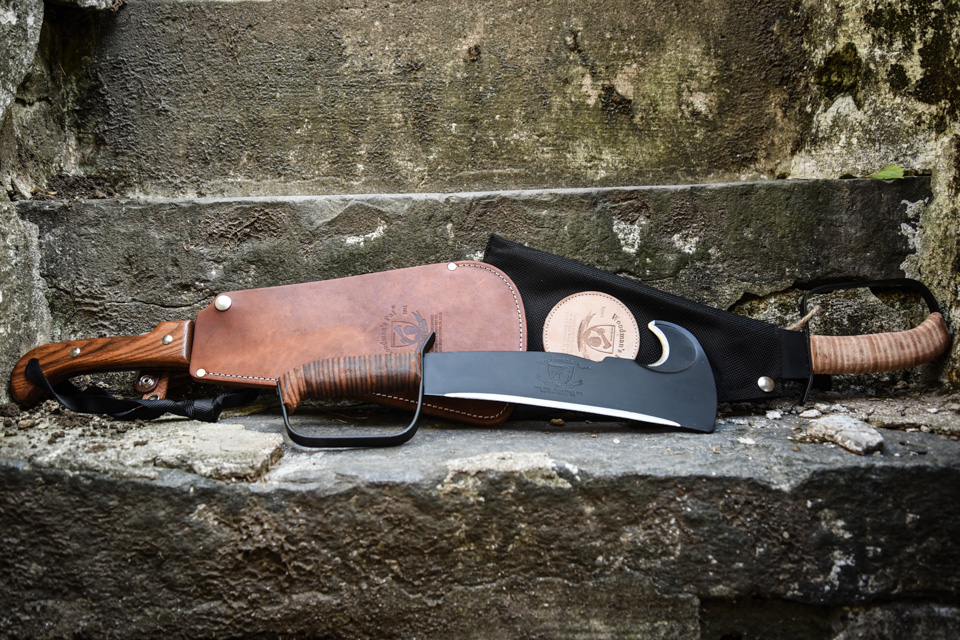What Features Should You Look for With a Survival Multi-Tool?
Whether you’re preparing your bugout bag or are looking for a tool to make outdoor working or leisure more enjoyable, a survival multi-tool makes a lot of sense. When you’re looking at tools to purchase, however, it can be overwhelming. What are the most important features? What’s the difference between one tool and another?
We’ve compiled a list for you to help you evaluate multi-tools as you shop around to make sure you’re getting the best survival tool for your needs.
It should be durable
When you’re in the middle of the woods, setting up camp, the last thing you want is for your trusty multi-tool to be, well, not trustworthy. Breakages, handle slippage or even becoming dull in the middle of an excursion or bugout is inexcusable for survival equipment you might be depending on for warmth, shelter, and safety.
To start with, look at the multi-tool’s handle. Is it securely fastened with screws that won’t rust? Is the handle made of durable, long-lasting material? Having your handle crack or fall off will make the tool essentially useless.
What about the blade itself? Is it easy to sharpen? Is it coated to protect it from corrosion? Your multi-tool may sit in your bag or sheath for a long time without use. Pulling out a rusty, corroded tool won’t make it easy to do the work you need to do. Also, if the blade is easy to sharpen and hone, you’ll be able to do it in the field if needed.
It should be comfortable to use
Depending on the need, you might be using your multi-tool for hours at a time. You’ll need to consider use as you think about comfort. If the tool makes it easy to swing, but hard to perform other clearing tasks, it isn’t much of a multi-tool. Also, if it’s awkward to swing or you can’t hold it well, it won’t be effective if you need to use it as a survival weapon.
Your multi-tool should have a comfortable handle. Ideally, you’ll want finger grooves in the handle that give a comfortable and secure grip to the tool. It should also be well balanced, which will make it easier to swing for long periods of time. Lastly, remember that swinging is only one motion you may need. When you’re clearing away vines or low lying, dense vegetation – particularly in close quarters – you may not be able to swing the tool or effectively get the blade in place to be useful. A tool that includes a sharp hook or sickle-like feature can simplify these tasks.
It should incorporate safety features into the design
An accident can cut your outdoor adventure short, or, worse, put your bugout into jeopardy. It’s difficult to care for or defend yourself with a serious injury. Even a small cut can turn into a big problem if not handled promptly and properly.
That makes an ounce of prevention worth a pound of cure. When your multi-tool is designed for safety, it’s easier to completely avoid situations that can lead to injury and infection.
Of course, if you’ve followed the advice regarding the comfort and durability of the grip, the tool is likely to be safer because you’ll have better control. In addition, look for a blade with a blunt safety toe. This will prevent leg injuries when you’re swinging the tool and it’s deflected. Other, less obvious safety features show the quality of the multi-tool. For instance, while it’s never recommended to hold any cutting tool by the blade, it’s been known to happen. Safety features that take this into account – like a notch to prevent your hand from sliding into other sharp parts of the blade – show the care that the manufacturer takes in considering your comfort and safety.
It should come as no surprise that the Woodman’s Pal meets all of the requirements for a high-quality survival management tool. With years of use, including by the U.S. military, Woodman’s Pal has had the time to create and refine a tool that is meant to withstand serious use and last for years to come.


